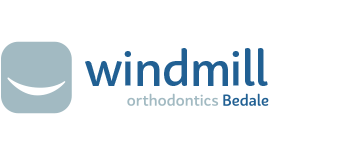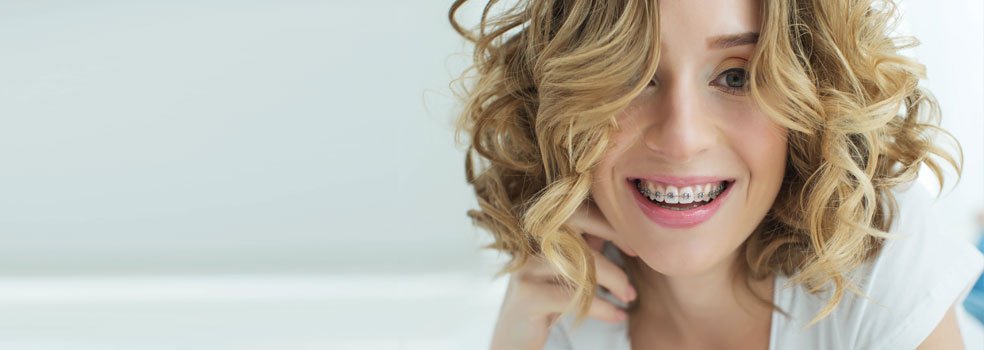Fixed braces can be used to correct the following problems:
- Overcrowded teeth occur when there is a discrepancy between the size of your teeth and jaws. Crowded teeth can be difficult to clean and look unsightly. With more severe crowding some teeth may get stuck and need help to be moved into the right place.
- Gaps can occur when there is a discrepancy between the size of your teeth and jaws or when missing teeth.
- Prominent front teeth (increased overjet) can occur due to the position of the jaws or angulation of the teeth. When severe there is some evidence that the teeth are more at risk of being traumatised.
- Crossbites occur when the upper and lower jaws are both misaligned. This issue can cause premature wear of the teeth, gum disease and bone loss.
- Overbites occur when the upper teeth overlap significantly with the lower teeth. This issue can lead to gum problems or irritation, and/or wear on the lower teeth.
- Underbites (reverse overjets) occur when the lower teeth protrude past the front teeth, they can be caused by a discrepancy in the position of your jaws or with the angle of your teeth.
Retention
Wearing a retainer after your brace has been removed is important to maintain the alignment and corrections that have been made to your teeth. No matter what type of brace you have your teeth will naturally relapse to some extent without a retainer. Whilst some of the corrections will remain we want you to keep your smile perfect so we always recommend an appropriate retainer and retainer wear regime to keep them in position. A retainer can be a fixed wire on the back of your teeth or removable, like a mouth guard which is worn over the teeth at night.
We don’t want costs to prevent you having the treatment you need, take a look at our payment options to spread the cost of treatment.

